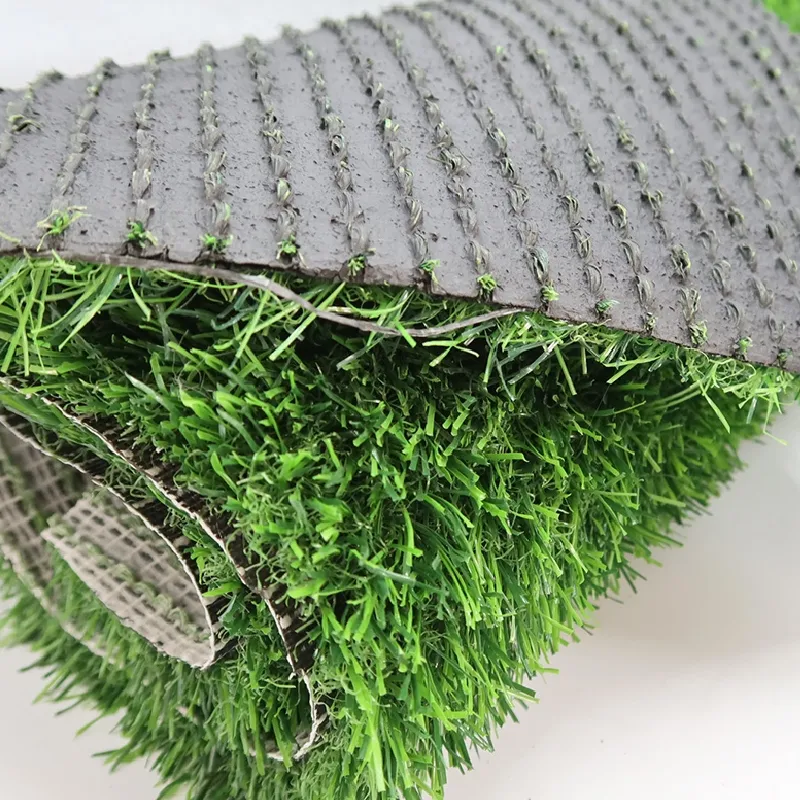
- Afrikaans
- Arabic
- Belarusian
- Bengali
- Czech
- Danish
- Dutch
- English
- Esperanto
- Estonian
- Finnish
- French
- German
- Greek
- Hindi
- Hungarian
- Icelandic
- Indonesian
- irish
- Italian
- Japanese
- kazakh
- Rwandese
- Korean
- Kyrgyz
- Lao
- Latin
- Latvian
- Malay
- Mongolian
- Myanmar
- Norwegian
- Persian
- Polish
- Portuguese
- Romanian
- Russian
- Serbian
- Spanish
- Swedish
- Tagalog
- Tajik
- Thai
- Turkish
- Turkmen
- Ukrainian
- Urdu
- Uighur
- Uzbek
- Vietnamese
Exploring the Costs of Artificial Turf for Sports and Landscaping Applications
Dec . 25, 2024 21:40 Back to list
The Rising Cost of Fake Turf Understanding Price Trends and Market Factors
In recent years, artificial turf, commonly referred to as fake turf, has gained immense popularity across various sectors, including residential lawns, sports fields, and commercial landscaping. As this market continues to expand, a critical aspect that consumers and businesses need to consider is the rising price of fake turf. This article delves into the factors influencing the price of artificial grass, its benefits, and what consumers should keep in mind when making a purchase.
Understanding Fake Turf Pricing
The price of fake turf can vary significantly based on several factors, including the quality of materials, brand reputation, and the specific type of turf being purchased. On average, homeowners can expect to pay anywhere from $5 to $20 per square foot for high-quality fake turf. Sports-grade artificial grass, designed for durability and high-performance use, can be even more expensive, sometimes exceeding $30 per square foot.
One of the primary factors affecting the price of fake turf is the type of material used in its production. Most artificial turfs are made from polyethylene, polypropylene, or nylon. While polyethylene is the most common and cost-effective option, nylon tends to be the most durable, leading to higher prices. Furthermore, the thicker and denser the turf, the more it will typically cost. Consumers should consider their specific needs—whether for aesthetic appeal in a garden or high foot traffic in a sports setting—when selecting their turf type.
Market Demand and Trends
The demand for fake turf has surged in recent years, driven by numerous factors, including water conservation efforts, the growing popularity of low-maintenance landscaping, and advancements in turf technology. As more homeowners and businesses seek eco-friendly landscaping solutions, prices have inevitably risen in response to this increased demand. The trend is particularly evident in drought-prone regions where maintaining natural grass can be costly and resource-intensive.
fake turf price

Moreover, as the technology behind artificial turf improves, manufacturers are able to offer more realistic and durable products. Innovations such as improved UV resistance, realistic textures, and infill materials that mimic the feel of natural grass have further contributed to rising prices. Consumers may find that investing in higher-quality turf can lead to long-term savings on maintenance and water costs, thus justifying the initial expenditure.
Installation and Additional Costs
When considering the overall cost of fake turf, it’s essential to factor in installation and maintenance costs. Professional installation can add anywhere from $2 to $8 per square foot, depending on the complexity of the job and local labor rates. DIY installation is an option for some, but it requires a considerable amount of time and expertise to ensure that the turf is laid correctly and efficiently.
Additionally, while fake turf is low maintenance compared to natural grass, it does require some upkeep. Regular cleaning, infill top-ups, and occasional repairs can incur additional costs over time. Therefore, it's important for consumers to consider these ongoing expenses as part of their total investment in fake turf.
Conclusion
As the market for artificial turf continues to grow, so too do its prices. Understanding the various factors that influence these costs—material types, market demand, installation, and maintenance—can help consumers make informed decisions. Whether for a residential lawn, sports complex, or commercial space, investing in fake turf offers numerous benefits, from aesthetic enhancements to sustainability. As with any purchase, prospective buyers should conduct thorough research, compare options, and consider their specific needs to ensure they are making the most appropriate investment for their circumstances.
-
The Benefits of Artificial Turf for Indoors
NewsJul.15,2025
-
How Artificial Grass Suppliers Ensure Quality Products
NewsJul.15,2025
-
Artificial Grass and Pets: A Space for Relaxation
NewsJul.08,2025
-
Balcony & Outdoor Decoration with Artificial Grass
NewsJul.08,2025
-
Best Indoor Artificial Grass for Home
NewsJul.07,2025
-
Best Pet Turf for Dogs: Safe & Durable Artificial Grass Options
NewsJul.07,2025
Products categories









